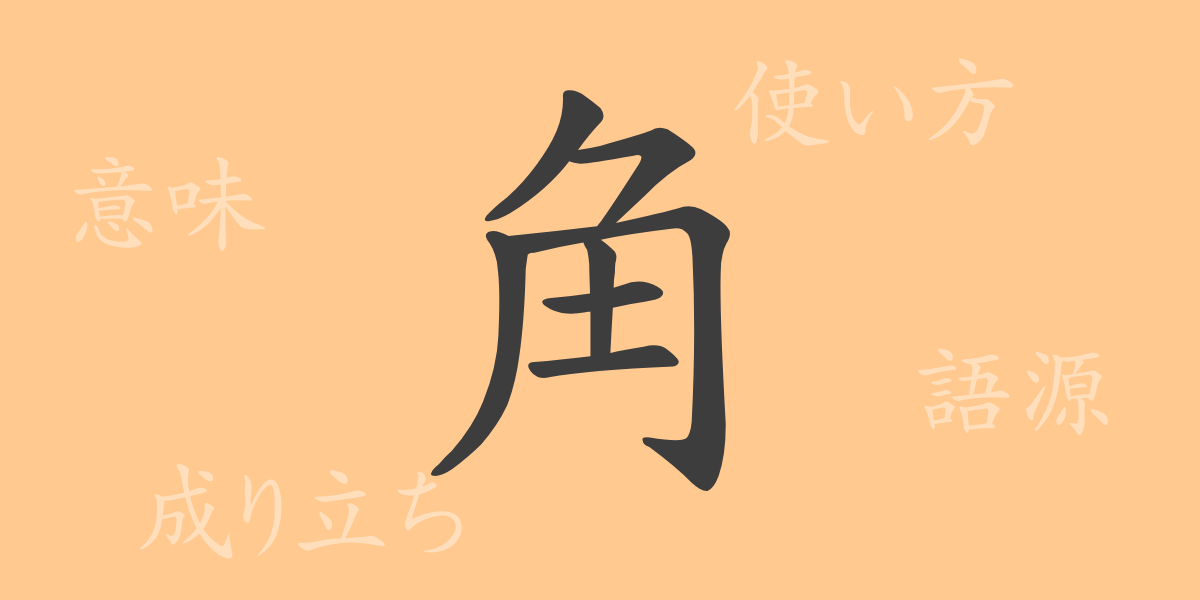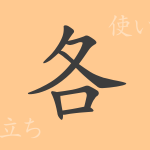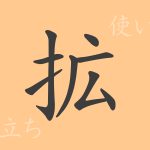Kanji, deeply rooted in Japanese culture, carry profound meanings in their shapes and sounds, playing an indispensable role in the daily lives of the Japanese people. In this article, we focus on the kanji “角” (Kaku), one of the commonly used characters, exploring its allure and hidden history. Join us as we delve into the world of “角” (Kaku), a symbol of the richness of the Japanese language.
The Origin of 角 (Kaku)
The kanji “角” (Kaku) evolved from ancient Chinese pictographs. Its shape originated from the representation of an animal’s horn and has developed over time to encompass various meanings and usages. This character symbolizes the strength and dignity of horned animals and has been featured in many cultures and legends since ancient times.
The Meaning and Usage of 角 (Kaku)
The kanji “角” (Kaku) has multiple meanings. The most common is the hard protrusion growing from an animal’s head, but it is also used to denote angles or corners. Furthermore, it is employed to refer to parts of sports or musical instruments, among other things, demonstrating its wide range of uses.
Readings, Stroke Count, and Radical of 角 (Kaku)
The kanji “角” (Kaku) has various readings in Japanese.
- Readings: The on’yomi (Sino-Japanese reading) is “かく” (Kaku), and the kun’yomi (native Japanese reading) is “つの” (Tuno).
- Stroke Count: 7 strokes
- Radical: 角部 (Tunobu)
Idioms, Phrases, and Proverbs Using 角 (Kaku) and Their Meanings
There are several idioms, phrases, and proverbs that include the character “角” (Kaku), such as:
- 四角四面 (Sikaksimen): Being inflexible and overly concerned with formality.
- 角を矯めて牛を殺す (Kado-wo-ta-mete-usiwo-koro-su): In trying to correct minor faults, one may end up causing major harm.
- 石に角 (Isi-ni-kado): Extremely stubborn and obstinate.
Conclusion on 角 (Kaku)
The kanji “角” (Kaku) not only conveys strength and sharpness through its form but also plays a significant role in the diverse expressions of the Japanese language. From everyday conversations to specialized contexts, the depth of meaning in “角” (Kaku) and the richness of phrases using it reflect the profound nature of Japanese words. This single character allows us to glimpse the infinite possibilities that language holds.

























